Spice Up Your Life: 10 Must-Have Spices for Asian Food That’ll Make Your Taste Buds Dance!
Welcome to the flavorful world of Asian cuisine! Whether you're a seasoned chef or just starting out on your culinary adventure, spices are the secret ingredients that turn simple dishes into mouthwatering masterpieces. Today, we’re diving deep into the top spices for Asian food, exploring their unique flavors, where they shine best, and how you can use them like a pro.
If you've ever stared at a spice rack in awe (or confusion), this guide is for you. We’ve got a mix of practical lists, handy tables, and some fun facts to make your spice journey as smooth as a perfectly stir-fried pad thai.
Table of Contents
- Why Spices Matter in Asian Cuisine
- Top 10 Spices Every Asian Food Lover Should Know
- Quick Comparison Table
- How to Use Them Right
- Buying Guide: Picking the Perfect Spice
- Final Thoughts
Why Spices Matter in Asian Cuisine
Asian food is all about balance — sweet, salty, sour, bitter, and umami — and spices play a huge role in achieving that harmony. Unlike Western cooking, which often uses herbs more subtly, Asian cuisines rely heavily on bold, aromatic spices to enhance flavor layers.
Whether it’s the warming heat of ginger in Chinese soups, the earthy warmth of turmeric in Indian curries, or the floral zing of Szechuan pepper in hot pots, each spice has its own personality and purpose. Mastering these spices will not only elevate your cooking but also unlock new dimensions of flavor that’ll impress your friends and family.
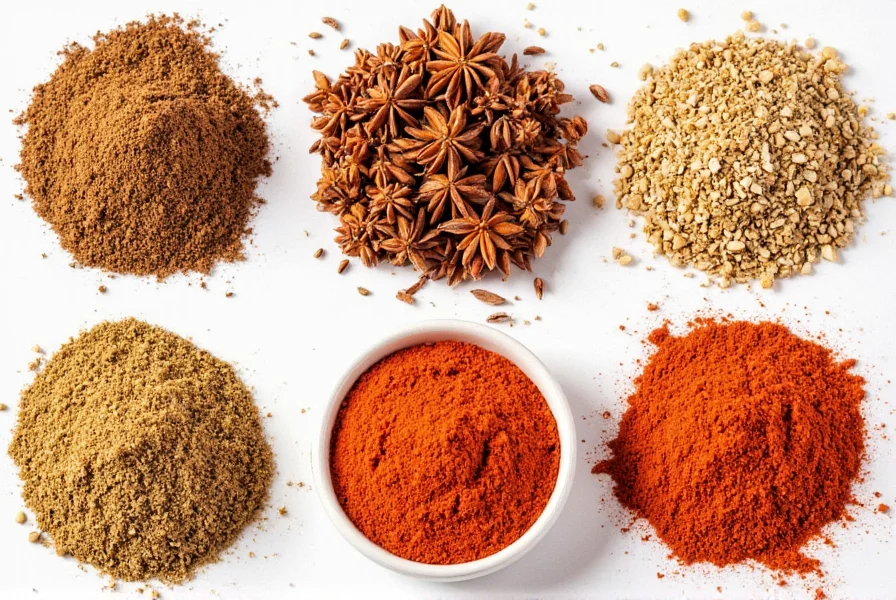
Top 10 Spices Every Asian Food Lover Should Know
Let’s dive into our list of essential spices for Asian food! These are tried-and-true favorites used across multiple cuisines, from Thai street food to Japanese ramen. Each one brings something special to the table — literally.
- Ginger – The warm, slightly spicy backbone of many Asian dishes.
- Turmeric – Adds color and subtle bitterness to curries and stews.
- Cumin – Earthy and smoky, a staple in Indian and Middle Eastern dishes.
- Szechuan Pepper – Not a chili, but delivers that famous numbing sensation.
- Star Anise – Licorice-like flavor perfect for broths and braises.
- Cardamom – Sweet, floral, and essential in chai and biryanis.
- Fennel Seeds – Mildly sweet and crunchy, great for pickling or tempering oils.
- Chili Flakes – For that fiery kick in Korean, Thai, and Sichuan dishes.
- Five-Spice Powder – A blend of star anise, cloves, fennel, cinnamon, and Szechuan pepper.
- Kalonji (Black Onion Seeds) – Used for tempering in South Asian cooking, adds a nutty, peppery crunch.
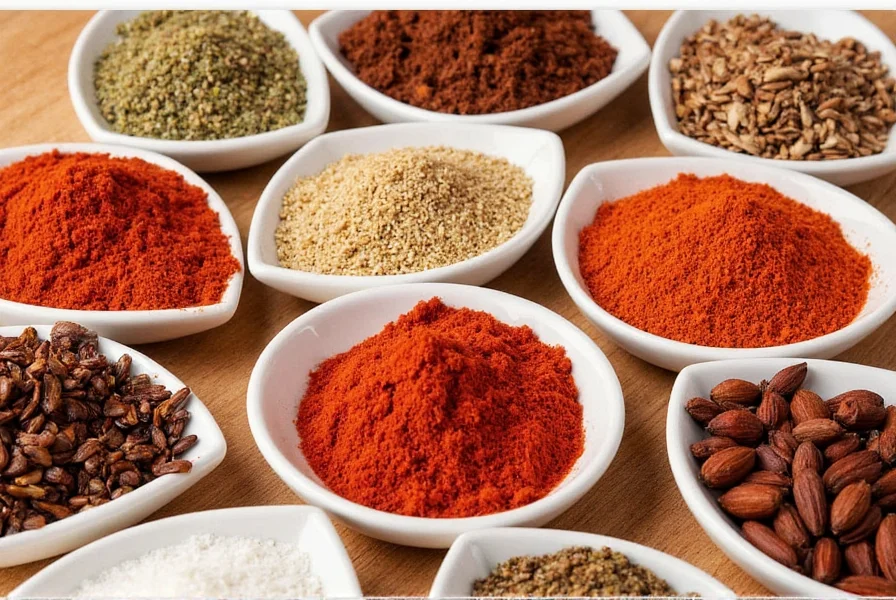
Quick Comparison Table: Spices for Asian Food
| Spice | Flavor Profile | Best For | Common Dishes | Substitute (if needed) |
|---|---|---|---|---|
| Ginger | Warm, spicy, slightly sweet | Stir-fries, marinades, soups | Dumplings, ramen broth, ginger chicken | Mace or nutmeg (use sparingly) |
| Turmeric | Earthy, mildly bitter | Curries, rice dishes, sauces | Chicken tikka masala, yellow curry, golden milk | Paprika + a dash of cumin |
| Cumin | Nutty, smoky, warm | Indian, Middle Eastern dishes | Biryani, garam masala blends, lamb kebabs | Caraway seeds (similar flavor profile) |
| Szechuan Pepper | Numbing, citrusy, tingling | Hot and numbing dishes | Kung pao chicken, mapo tofu, hot pot | Black pepper + lemon zest |
| Star Anise | Licorice-like, sweet, aromatic | Broths, slow-cooked dishes | Pho, red braised pork, stewed meats | Fennel seeds (milder) or anise seed |
| Cardamom | Floral, sweet, spicy | Sweet and savory dishes | Chai tea, biryani, desserts | Allspice or cinnamon + cloves |
| Fennel Seeds | Sweet, licorice-like, crunchy | Tempering oils, pickles | Vegetable sambar, pickled cucumbers, papadums | Anise seeds or dill seeds |
| Chili Flakes | Spicy, earthy, vibrant | Adding heat to any dish | Mapo tofu, kimchi, gochujang paste | Red pepper flakes (same thing!) or fresh chilies |
| Five-Spice Powder | Complex, sweet, spicy, aromatic | Chinese marinades, rubs | Peking duck, braised pork belly, roasted duck | Mix your own: star anise, cinnamon, cloves, fennel, Szechuan pepper |
| Kalonji (Black Onion Seeds) | Nutty, bitter, peppery | Tempering in Indian and Pakistani dishes | Naan bread, dal tadka, bhajiya | Black sesame seeds or nigella oil |
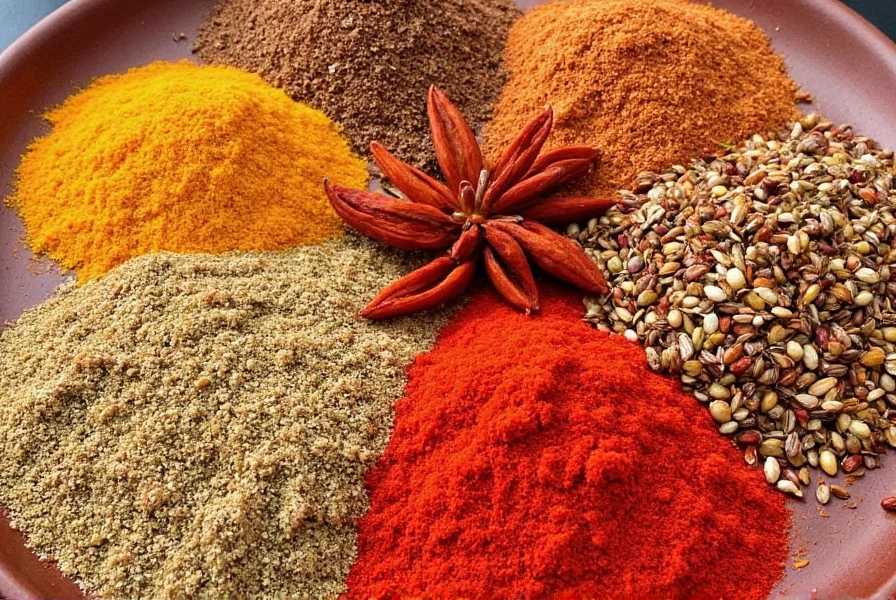
How to Use Them Right: Tips for Maximizing Flavor
You’ve got the spices — now what? Here are some tips to get the most flavor out of every pinch:
- Toasting whole spices: Heat dry spices like cumin or fennel seeds in a pan until fragrant to unlock deeper flavor.
- Crush vs. grind: Whole spices keep longer. Crush or grind just before use for fresher taste.
- Pair wisely: Some spices work better together. For example, cardamom and cinnamon in chai create a balanced sweetness.
- Add at different stages: Some spices bloom in oil (like mustard seeds), while others are added toward the end for freshness (like basil or mint).
- Store properly: Keep spices away from light and moisture. Glass jars are best, and always seal tightly after use.
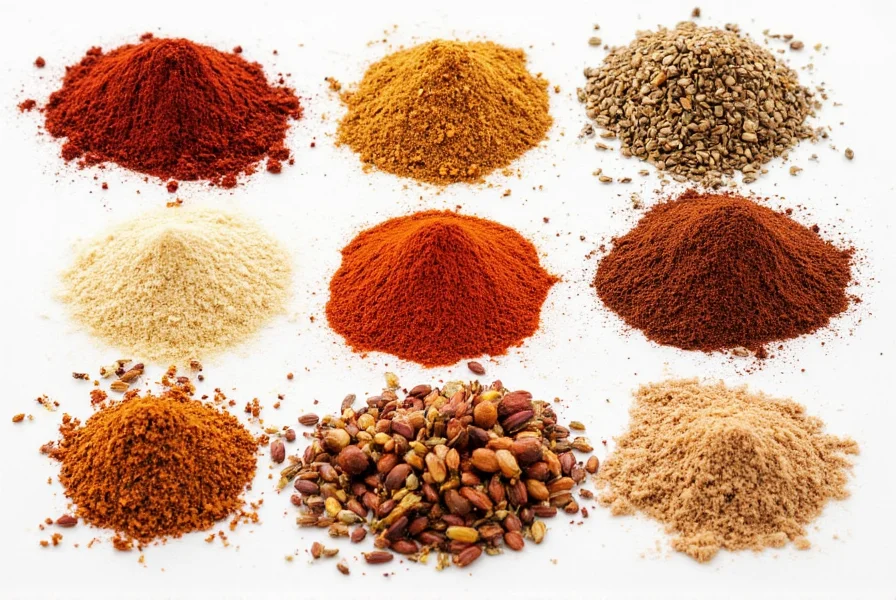
Buying Guide: Picking the Perfect Spice
Not all spices are created equal. Here's how to choose the best ones for your kitchen:
What to Look For
- Freshness date: Spices lose potency over time. Always check the expiration or packaging date.
- Aroma test: If possible, smell the spice before buying. It should be strong and fragrant.
- Whole vs. ground: Whole spices last longer and are more potent when freshly ground.
- Brand reputation: Stick to trusted brands known for quality and purity — no fillers or additives.
- Packaging: Opt for glass bottles or sealed tins instead of plastic bags for better preservation.
Recommended Products
Here are a few top-rated options you might want to try:
- Mrs. Dash Extra Spicy Blend
- Perfect for those who love heat
- Ideal for stir-fries, grilled meats, and dipping sauces
- Use case: Everyday seasoning for quick meals
- Target audience: Home cooks, spice lovers, beginners
- Occasion: Weeknight dinners, game day snacks
- The Spice Garden Organic Ginger Powder
- Mild yet full-bodied ginger flavor
- Great for baking, teas, and marinades
- Use case: Versatile pantry staple
- Target audience: Health-conscious users, bakers
- Occasion: Morning smoothies, winter soups
- Spice Islands Ground Turmeric
- Rich color and consistent flavor
- Ideal for curries, rice, and golden lattes
- Use case: Cooking and wellness recipes
- Target audience: Home chefs, wellness enthusiasts
- Occasion: Meal prep, weekend brunch
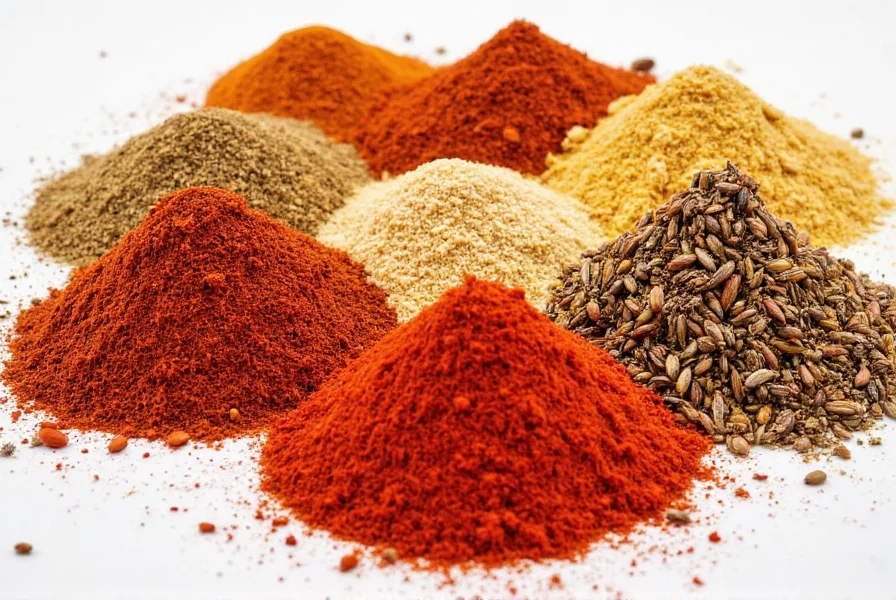
Final Thoughts
Spices for Asian food aren’t just about adding heat — they’re about layering flavor, creating complexity, and telling stories through food. From the comforting warmth of ginger to the thrilling buzz of Szechuan pepper, these spices open up a whole new world of cooking possibilities.
Now that you know your five-spice from your fennel seeds, it’s time to experiment! Don’t be afraid to mix, match, and tweak. After all, the best dishes come from curiosity and a little bit of courage.
Happy spicing!

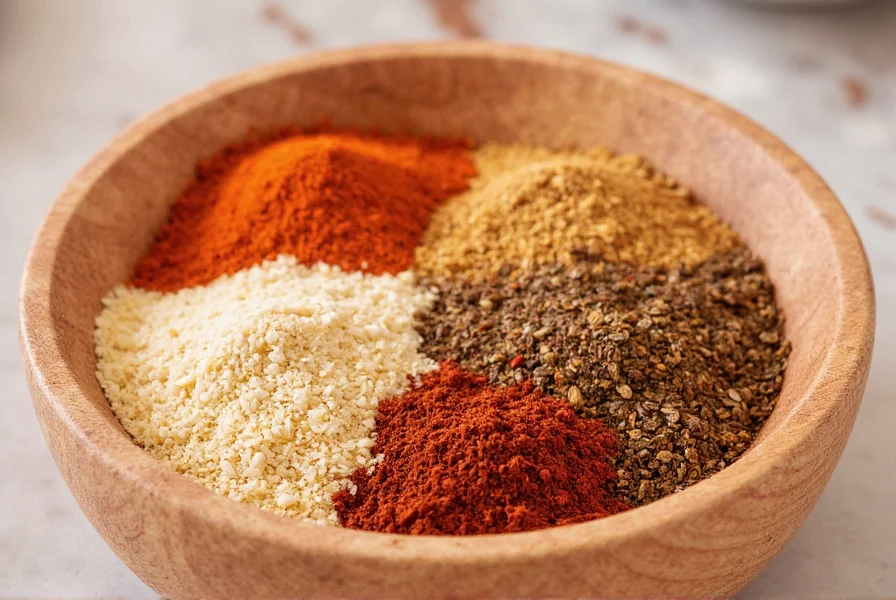









 浙公网安备
33010002000092号
浙公网安备
33010002000092号 浙B2-20120091-4
浙B2-20120091-4